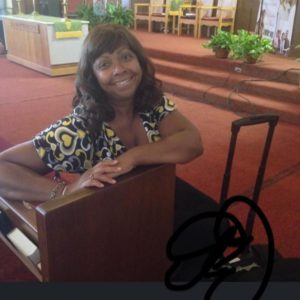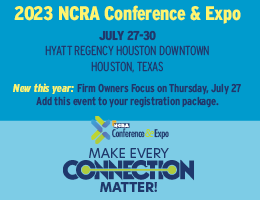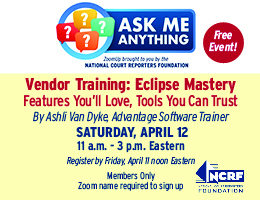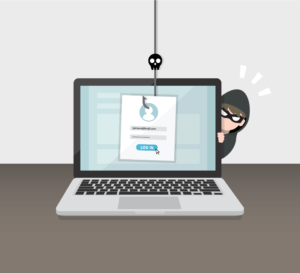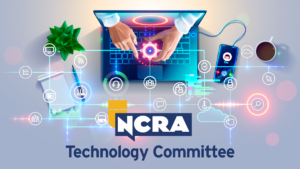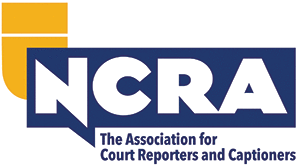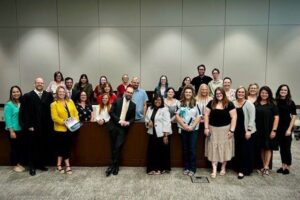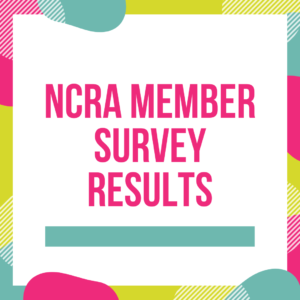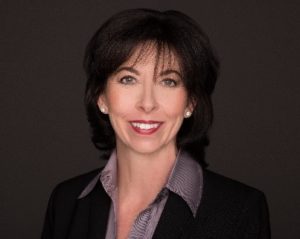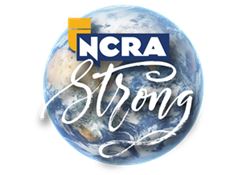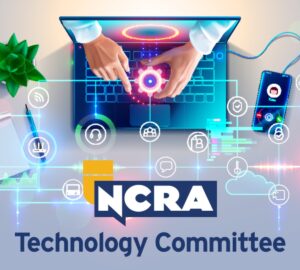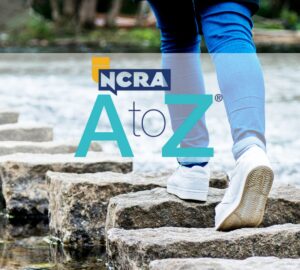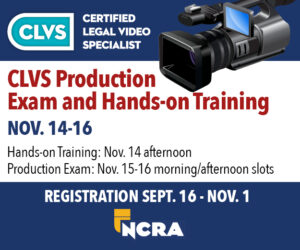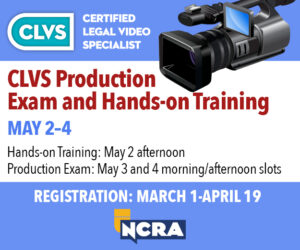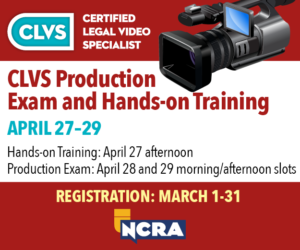By Kim Neeson
To set the scene: a case tried in two courtrooms – one in Toronto, Ontario, Canada and one in Wilmington, Del.; videoconferencing required so that Toronto can see Delaware, and Delaware can see Toronto, including the two judges, the witness, the questioning attorney and the exhibits; two sets of court reporting teams – one in Toronto and one in Wilmington – with two sets of realtime streaming – one emanating from Toronto and one from Wilmington; and only one certified transcript of the entire proceedings delivered by 10 p.m. every night.
The quick facts:
- 23 days of joint trial evidence
- Over 5,500 pages, with many days with experts being over 300 pages in length
- Thousands of exhibits logged
- More than 20 fact witnesses and more than 20 expert witnesses called
This is the stuff that technical nightmares are made of, yet despite some occasional glitches, the reporting teams, consisting of Lorraine Marino, RDR, CRR, and Gail Verbano, RDR, CRR, of Wilcox & Fetzer in Delaware; Deana Santedicola, RPR, CRR, and myself, Kim Neeson, RPR, CRR, CBC, CCP, of Neeson in Toronto, rose to the occasion and delivered the best technical and transcript services our profession has to offer.
Managing a large undertaking such as the Nortel Networks bankruptcy trial is no easy feat. Neeson took the lead with regard to the management of the trial from the court reporting perspective. That undertaking involved hours and hours of management time that allowed us to ensure:
- The reporters in both locations had screens for viewing both the videoconferencing and the exhibits.
- The reporters had an audio feed from the audio-visual company that was of high quality and could be used both for recording and listening purposes.
- The hard-wired Internet connections in both locations were secure and that the reporters would solely have it for their own use.
- LiveDeposition, our stream provider, coordinated protocols for each stream location to ensure easy connectivity and an “once only” type of setup for the reporters and the users of the system; in addition all parties who were allowed to view the stream were set up in proper groups (hundreds of invitations were involved).
- A dedicated staff member was trained for trial technical support, transcript production of both the rough draft and the late night certified, and management of the repository and exhibit hyperlinking.
As the reporters on the joint trial, we had to work through many issues before we walked through the courtroom door, such as:
- How would we jointly indicate the swearing of witnesses, the various examination types, the court designations, recesses, start and end times, exhibits, and indexing, just to name a few issues. The list is long when you start to go through a standard transcript!
- Develop the protocol for who would be the “cert” reporter and who would be the “check” reporter
- Develop the protocol for merging of transcripts and the responsibility of each reporter in their jurisdiction
- Agreeing on how to split billings and actual court days
- Spellings – Canadian or American or both?
Remember, we were dealing with two completely separate jurisdictions in distinct countries. A small example: while the U.S. identifies the clerk of the court as “The Clerk,” in our jurisdiction we call that person “The Registrar.” We had two judges – they were identified as “The U.S. Court” and “The Canadian Court.” Nomenclature became an interesting point of debate. Canadian courts use the term “Direct Examination” when American courts use “Examination in-Chief,” and since we didn’t want to be biased toward any one court, we agreed we would insert “Examination in-Chief/Direct Examination by” in order to capture both jurisdictions’ parlance.
We also needed to ensure as little editing on our merged files as possible. Lorraine and Gail are on Eclipse; Deana and I are on Case CATalyst. We used RTF file conversions in order to import files into our respective systems. One interesting tidbit: When creating an RTF from either version of software, do not open that RTF file before sending to the other reporter. It took several telephone calls with our respective software support providers to find this out. If the RTF is opened before sending, weird formatting gremlins seem to get implanted. For example, one night the RTF from Delaware had some steno in it – but yet when looking at the RTF in Word, it was perfect! So if you learn nothing else from this article, use this piece of information as a take-away when dealing with your fellow reporters on a job share!
As you would expect, our first week was a fairly stressful, intense one, with technology glitches – such as no audio feed, no Internet access at times and therefore no streaming or uploading to our scopists, and the odd loss of videoconference feed. We decided ahead of time that if the witness was called in Delaware, then the Delaware team would be the cert reporter and prepare both the rough draft and final transcript; if the witness was called in Toronto, we would reverse. We had days when each team performed both duties when multiple witnesses were called. Whichever team started the day as the cert reporter, however, would provide the entire day’s rough draft; there was no time to piece together bits of a rough draft; we saved our energy in that regard for the final certified transcript.
We were very grateful to see that all questioning attorneys were present in the venue where the witness was called; that made life a little easier for the cert reporter. The check reporter would be available to provide any areas that couldn’t be heard, or where there was a technical difficulty, to assist the cert reporter. Lorraine had experienced tremendous audio difficulties when reporting at the pretrials when all audio was by teleconference. We didn’t know what to expect going in whether these issues would continue or would be resolved.
Due to the combination of high concerns about the ability to hear all parties in both courtrooms from one location and the fact that both courts wished to have their own reporters present, all parties agreed that each jurisdiction would have their own reporter, but only one transcript would be ultimately produced.
For the Canadian team, I can tell you it was a bit of an adjustment to see counsel addressing our court ungowned. Our attorneys are fully gowned (but no wigs, which I’m sure everyone is grateful for). I also found some accents difficult to get a handle on, particularly one lawyer from Boston, although I think the London and Scotland experts gave all of us the most run for our money.
Court reporting on the Nortel trial was one of the most challenging jobs of our collective careers. But above all, it was a pleasure to work with such a talented, dedicated group of reporters who made our profession proud. No digital recording system could ever perform this work, and it is yet another reason why steno reporting combined with technology is a winning combination.
Kim Neeson, RPR, CRR, CCP, CBC, is a firm owner and freelance court reporter based in Toronto, Ontario, Canada. Neeson has earned NCRA’s Realtime Systems Administrator certificate. She can be reached at kim_neeson@neesoncourtreporting.com.

